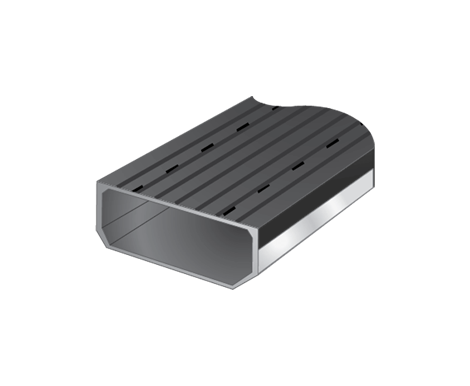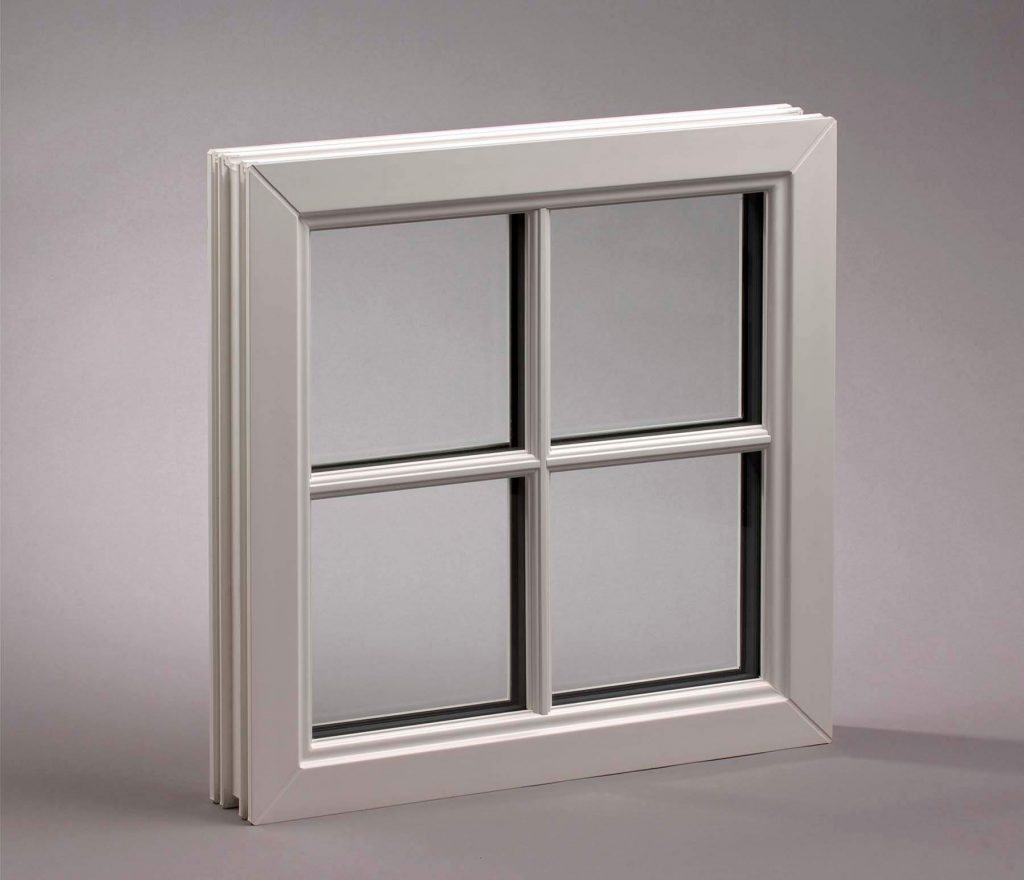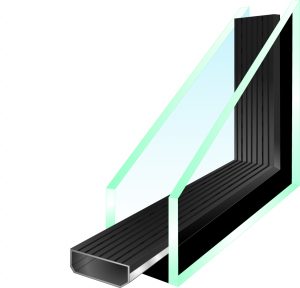Sign-In or Create an Account to find your purchasing solution
Become a registered Edgetech partner to start using our latest insulating technology in your glazing systems.
Tel: +44 02476 639931
Email: ukenquiries@edgetechig.com
Orders: ukorders@edgetechig.com
 Georgian bars are one of the most requested heritage-style details in modern glazing. This guide explains exactly what they are, how they’re constructed and installed, how they compare with astragal bars, their impact on energy performance, likely costs, maintenance, and how to specify them with confidence. Where helpful, we’ve linked to Edgetech resources and included a trade-focused installation overview.
Georgian bars are one of the most requested heritage-style details in modern glazing. This guide explains exactly what they are, how they’re constructed and installed, how they compare with astragal bars, their impact on energy performance, likely costs, maintenance, and how to specify them with confidence. Where helpful, we’ve linked to Edgetech resources and included a trade-focused installation overview.
Georgian bars are decorative glazing bars that subdivide a window into a grid, recreating the classic multi-pane look of period sash and casement windows. In today’s double-glazed units, bars are arranged horizontally and vertically to form the hallmark Georgian pattern; the bar material normally matches the window frame and is typically uPVC, timber, or aluminium.
Georgian bar styling dates to the 18th-century Georgian period. Historically, small panes were necessary due to glassmaking limits; the bars provided structure. Modern Georgian bars are purely aesthetic—delivering heritage character with contemporary performance.
They can be. Georgian-bar windows may cost more than plain casements because there’s extra material and fabrication time involved. Final price depends on unit size, material (uPVC/timber/aluminium), bar pattern complexity, and whether you’re using internal (duplex) or applied bar systems.
Cost drivers to consider (trade):
Bar type (internal/duplex vs applied with back-to-back spacer)
 Are Georgian bars old fashioned?
Are Georgian bars old fashioned?The style is historic, but the products and performance are modern. Original Georgian windows used many small panes set within timber grids; today, bars are a design choice suited to Georgian-style properties and any home seeking period character without sacrificing modern glazing benefits.
Georgian bars are installed in two ways. Internal/duplex (“Georgian”) bars are incorporated inside the insulating glass unit (IGU) during manufacture: a spacer-bar grid is built using dedicated connecting keys/SDL clips, aligned to the frame sightlines, and sealed within the unit so both outer glass faces remain flat and easy to clean. By contrast, astragal bars are surface-applied after glazing: with a matching back-to-back spacer located inside the IGU for alignment, installers measure and mark centres, thoroughly clean/degrease the glass, fit any required edge/centre clips, apply the specified high-bond tape/adhesive to the bar profiles, and press the internal and external bars onto the glass—checking alignment and joints before final dressing.

Both options create a classic divided-light look, but they’re built differently.
Rule of thumb: choose astragal for maximum heritage realism and 3D sightlines; choose internal/duplex Georgian for simpler cleaning, quicker fabrication, and tighter budgets.
For Georgian applications, Edgetech supplies spacer technology that integrates seamlessly with heritage looks. TruPlas® Spacer Bar is a rigid, glass-reinforced thermoplastic spacer that can be used to create an authentic multi-pane effect for single glazing units and is supported by a complete range of connecting keys—making it an excellent solution for Georgian bar needs.
To explore spacer systems designed for high thermal performance and heritage aesthetics—such as Super Spacer® Heritage™—visit our product range.
Georgian (internal/duplex) bars are fitted inside the sealed unit. Astragal bars are fitted outside and inside the glass (with a back-to-back spacer).
Edgetech
A well-specified IGU with warm-edge spacers maintains strong thermal performance. Focus on glass spec and spacer technology; ensure bar components are compatible to minimise thermal bridging.
Edgetech
The style is historic, but modern bars are an aesthetic choice that suits heritage and contemporary homes alike.
Edgetech
By fixing clips at the glass edges, positioning the centre clip, cleaning the surface thoroughly, applying adhesive tape, and pressing the bars into place—checking alignment as you go.
Edgetech
Often, yes—there are more components and steps (external + internal bars and a back-to-back spacer).
Please fill out the form below to a find a local supplier. Once we've found you closest suppliers you will be able to contact them all.
Your enquiry has been successfully submitted. You should receive an email or callback with 24-48 hours.
Return to the homepage